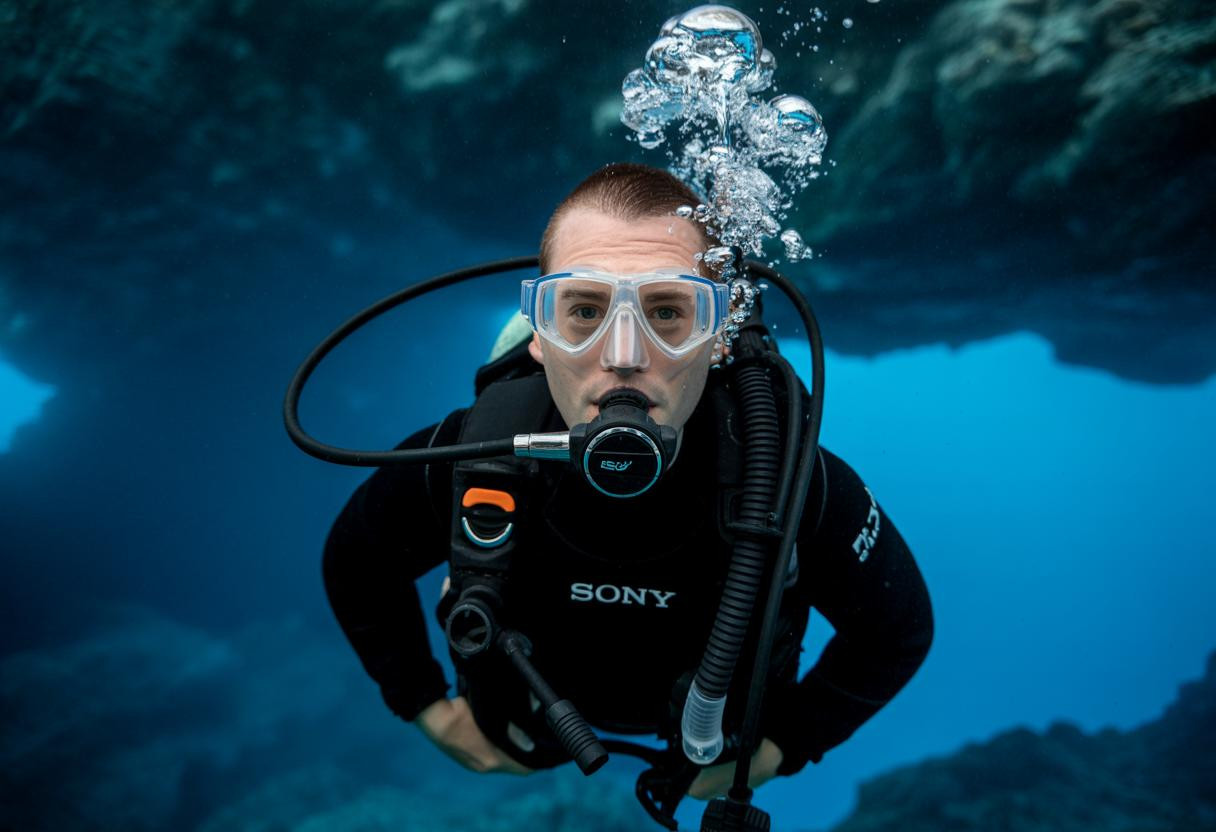A Croatian freediver just shattered what we thought was humanly possible underwater, holding his breath for an incredible 29 minutes and 3 seconds while completely submerged. Vitomir Maričić’s record-breaking achievement at the Bristol Hotel in Opatija represents more than just athletic excellence—it’s a window into the extraordinary limits of human physiology and mental endurance that could revolutionize emergency medicine and military operations.
The science behind surviving without oxygen for half an hour
What separates Maričić’s achievement from typical breath-holding isn’t just duration—it’s the sophisticated preparation protocol that maximizes human oxygen storage capacity. Before his record attempt, he breathed pure oxygen for several minutes, dramatically increasing the oxygen dissolved in his blood and stored in his muscles.
This technique triggers the mammalian dive reflex, an evolutionary mechanism we share with marine mammals. His heart rate dropped significantly, blood flow redirected away from non-essential organs, and his spleen contracted to release oxygen-rich red blood cells into circulation. These adaptations, combined with advanced breathing techniques and physiological control methods, create conditions where the human body can survive extended periods without fresh oxygen.
Remarkably, Maričić reported that the mental challenge became easier after the 20-minute mark—suggesting his brain adapted to elevated carbon dioxide levels and reduced oxygen availability.
Medical breakthroughs hidden in extreme breath-holding
Emergency medicine applications getting serious attention
Researchers are studying Maričić’s achievement for insights into treating cardiac arrest and drowning victims. Understanding how the brain and vital organs function during prolonged oxygen deprivation could lead to revolutionary treatment protocols for medical emergencies where oxygen supply is compromised.
The metabolic pathways activated during extreme apnea—including anaerobic respiration and lactate management—mirror conditions seen in stroke patients and those experiencing extreme physiological challenges requiring medical interventions.
Military and rescue operation implications
Extended breath-hold capabilities have immediate applications for underwater rescue operations, military missions, and even space exploration where efficient oxygen management becomes critical for survival. Training protocols based on Maričić’s techniques could enhance performance in high-risk scenarios.
The hidden dangers behind the world record
Despite medical supervision and five official judges monitoring his attempt, Maričić’s feat carried significant risks. Hypoxia-induced seizures, brain damage, and shallow-water blackout represent life-threatening complications that can occur even with pure oxygen preparation.
The controlled pool environment and continuous medical monitoring were essential safety measures. Unlike situations where medical supervision prevents serious complications, freediving attempts without proper protocols can result in permanent injury or death.
Training secrets that unlock superhuman endurance
Maričić’s preparation involved systematic desensitization to high carbon dioxide levels and reduced oxygen availability. His training likely included progressive breath-hold sessions, meditation techniques for panic control, and cardiovascular conditioning to maximize the dive reflex response.
Interestingly, recent research shows that traditional static apnea training doesn’t increase hemoglobin mass or erythropoietin levels—making the pure oxygen preparation technique crucial for achieving extreme durations. The psychological component proved equally important, with proven stress reduction methods and mental performance techniques helping him maintain composure during the most challenging phases.
What this means for human potential
Maričić’s achievement represents the intersection of athletic training, biomedical engineering, and psychological conditioning. While his record required artificial oxygen enhancement, it demonstrates that human physiological limits extend far beyond what we previously considered possible. This breakthrough opens doors for advances in emergency medicine, extreme environment operations, and our understanding of consciousness under stress.
